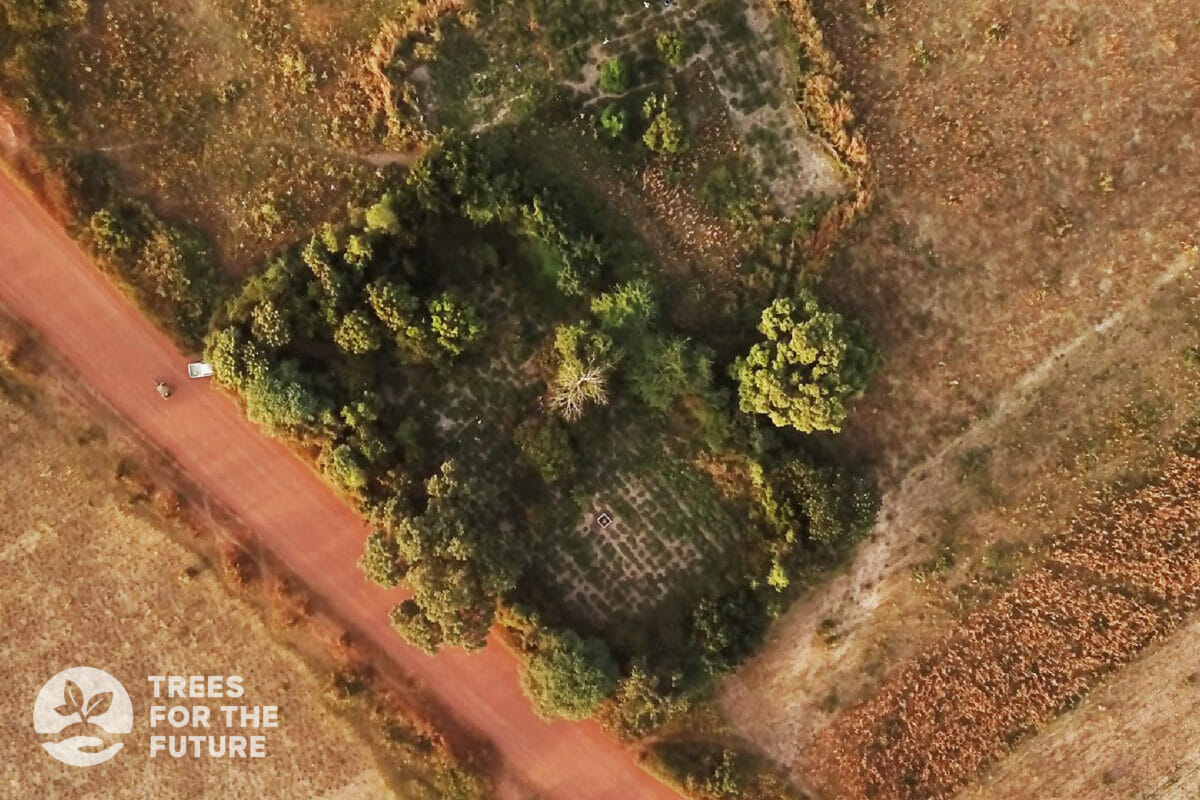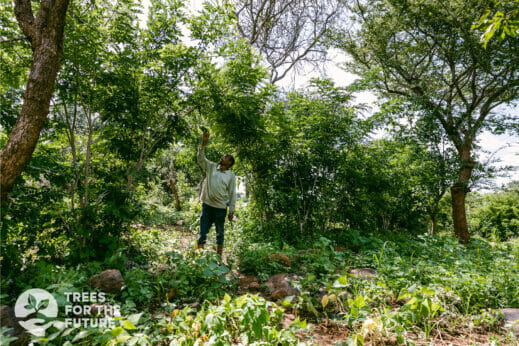Is Agroforestry the Key to Hardier Row Crops?
The practice includes methods of interplanting crops with trees and shrubs to help the soil and provide buffers from extreme weather. Proponents say it’s a traditional technique to which we should return.



I would love to hear more about the types of trees that are most useful. Are they fruit, berry, or nut bearing trees, which would contribute to the food supply as well?
I am a small organic gardener but the tree coverage could work for me as I have had to move some vegetables to the part of the garden that does not get morning sun
Another book/pamphlet resource is ‘Tree Crops A Permanent Agriculture’ by J Russell Smith. This resource is old, but much of the information is still relevant. It discusses only trees (not shrubs) but considers tree crop use for both direct human consumption as well as for livestock use.
Best tree species to intercrop with coffee and apiary
Since childhood, I have had a special interest in growing plants.
I think yes. In some special land, it can just plant trees and some places just can plant crops.
In INDIA agroforestry research, realizing its importance and necessity, started away back in 1977 in a coordinated way under the leadership of ICAR (Indian Council of Agricultural Research), Delhi. Lot of progress has been made in evolving various systems like Agri-Sivli: Agri-Silvi- Horti: Agri-Silvi-Horti-Pastoral etc., with multi-fold advantages and end products.
Currently many farmers are practicing at present.
It is worth emulating its benefits around the WORLD.